Cover
Brief Contents
Contents in Detail
Acknowledgements
1: Hello, World of Assembly Language
1.1: The Anatomy of an HLA Program
1.2: Running Your First HLA Program
1.3: Some Basic HLA Data Declarations
1.4: Boolean Values
1.5: Character Values
1.6: An Introduction to the Intel 80x86 CPU Family
1.7: The Memory Subsystem
1.8: Some Basic Machine Instructions
1.9: Some Basic HLA Control Structures
1.10: Introduction to the HLA Standard Library
1.11: Additional Details About try..endtry
1.12: High-Level Assembly Language vs. Low-Level Assembly Language
1.13: For More Information
2: Data Representation
2.1: Numbering Systems
2.2: The Hexadecimal Numbering System
2.3: Data Organization
2.4: Arithmetic Operations on Binary and Hexadecimal Numbers
2.5: A Note About Numbers vs. Representation
2.6: Logical Operations on Bits
2.7: Logical Operations on Binary Numbers and Bit Strings
2.8: Signed and Unsigned Numbers
2.9: Sign Extension, Zero Extension, Contraction, and Saturation
2.10: Shifts and Rotates
2.11: Bit Fields and Packed Data
2.12: An Introduction to Floating-Point Arithmetic
2.13: Binary-Coded Decminal Representation
2.14: Characters
2.15: The Unicode Character Set
2.16: For More Information
3: Memory Access and Organization
3.1: The 80x86 Addressing Modes
3.2: Runtime Memory Organization
3.3: How HLA Allocates Memory for Variables
3.4: HLA Support for Data Alignment
3.5: Address Expressions
3.6: Type Coercion
3.7: Register Type Coercion
3.8: The stack Segment and the push and pop Instructions
3.9: The Stack Is a LIFO Data Structure
3.10: Accessing Data You've Pushed onto the Stack Without Popping It
3.11: Dynamic Memory Allocation and the Heap Segment
3.12: The inc and dec Instructions
3.13: Obtaining the Address of a Memory Object
3.14: For More Information
4: Constants, Variables, and Data Types
4.1: Some Additional Instructions: intmul, bound, into
4.2: HLA Constant and Value Declarations
4.3: The HLA Type Section
4.4: enum and HLA Enumerated Data Types
4.5: Pointer Data Types
4.6: Composite Data Types
4.7: Character Strings
4.8: HLA Strings
4.9: Accessing the Characters Within a String
4.10: The HLA String Module and Other String-Related Routines
4.11: In-Memory Conversions
4.12: Character Sets
4.13: Character Set Implementation in HLA
4.14: HLA Character Set Constants and Character Set Expressions
4.15: Character Set Support in the HLA Standard Library
4.16: Using Character Sets in Your HLA Programs
4.17: Arrays
4.18: Declaring Arrays in Your HLA Programs
4.19: HLA Array Constants
4.20: Accessing Elements of a Single-Dimensional Array
4.21: Sorting an Array of Values
4.22: Multidimensional Arrays
4.23: Allocating Storage for Multidimensional Arrays
4.24: Accessing Multidimensional Array Elements in Assembly Language
4.25: Records
4.26: Record Constants
4.27: Arrays of Records
4.28: Arrays/Records as Record Fields
4.29: Aligning Fields Within a Record
4.30: Pointers to Records
4.31: Unions
4.32: Anonymous Unions
4.33: Variant Types
4.34: Namespaces
4.35: Dynamic Arrays in Assembly Language
4.36: For More Information
5: Procedures and Units
5.1: Procedures
5.2: Saving the State of the Machine
5.3: Prematurely Returning from a Procedure
5.4: Local Variables
5.5: Other Local and Global Symbol Types
5.6: Parameters
5.7: Functions and Function Results
5.8: Recursion
5.9: Forward Procedures
5.10: HLA v2.0 Procedure Declarations
5.11: Low-Level Procedures and the call Instruction
5.12: Procedures and the Stack
5.13: Activation Records
5.14: The Standard Entry Sequence
5.15: The Standard Exit Sequence
5.16: Low-Level Implementation of Automatic (Local) Variables
5.17: Low-Level Parameter implementation
5.18: Procedure Pointers
5.19: Procedural Parameters
5.20: Untyped Reference Parameters
5.21: Managing Large Programs
5.22: The #include Directive
5.23: Ignoring Duplicate #include Operations
5.24: Units and the external Directive
5.25: Namespace Pollution
5.26: For More Information
6: Arithmetic
6.1: 80x86 Integer Arithmetic Instructions
6.2: Arithmetic Expressions
6.3: Logical (Boolean) Expressions
6.4: Machine and Arithmetic Idioms
6.5: Floating-Point Arithmetic
6.6: Converting Floating-Point Expressions to Assembly Language
6.7: HLA Standard Library Support for Floating-Point Arithmetic
6.8: For More Information
7: Low-Level Control Structures
7.1: Low-Level Control Structures
7.2: Statement Labels
7.3: Unconditional Transfer of Control (jmp)
7.4: The Conditional Jump Instructions
7.5: "Medium-Level" Control Structures: jt and jf
7.6: Implementing Common Control Structures in Assembly Language
7.7: Introduction to Decisions
7.8: State Machines and Indirect Jumps
7.9: Spaghetti Code
7.10: Loops
7.11: Performance Improvements
7.12: Hybrid Control Structures in HLA
7.13: For More Information
8: Advanced Arithmetic
8.1: Multiprecision Operations
8.2: Operating on Different-Size Operands
8.3: Decimal Arithmetic
8.4: Tables
8.5: For More Information
9: Macros and the HLA Compile-Time Language
9.1: Introduction to the Compile-Time Language (CTL)
9.2: The #print and #error Statements
9.3: Compile-Time Constants and Variables
9.4: Compile-Time Expressions and Operators
9.5: Compile-Time Functions
9.6: Conditional Compilation (Compile-Time Decisions)
9.7: Repetitive Compilation (Compile-Time Loops)
9.8: Macros (Compile-Time Procedures)
9.9: Writing Compile-Time "Programs"
9.10: Using Macros in Different Source Files
9.11: For More Information
10: Bit Manipulation
10.1: What Is Bit Data, Anyway?
10.2: Instructions That Manipulate Bits
10.3: The Carry Flag as a Bit Accumulator
10.4: Packing and Unpacking Bit Strings
10.5: Coalescing Bit Sets and Distributing Bit Strings
10.6: Packed Arrays of Bit Strings
10.7: Searching for a Bit
10.8: Counting Bits
10.9: Reversing a Bit String
10.10: Merging Bit Strings
10.11: Extracting Bit Strings
10.12: Searching for a Bit Pattern
10.13: The HLA Standard Library Bits Module
10.14: For More Information
11: The String Instructions
11.1: The 80x86 String Instructions
11.2: Performance of the 80x86 String Instructions
11.3: For More Information
12: Classes and Objects
12.1: General Principles
12.2: Classes in HLA
12.3: Objects
12.4: Inheritance
12.5: Overriding
12.6: Virtual Methods vs. Static Procedures
12.7: Writing Class Methods and Procedures
12.8: Object Implementation
12.9: Constructors and Object Initialization
12.10: Destructors
12.11: HLA's _initialize_ and _finalize_ Strings
12.12: Abstract Methods
12.13: Runtime Type Information
12.14: Calling Base Class Methods
12.15: For More Information
ASCII Character Set
Index
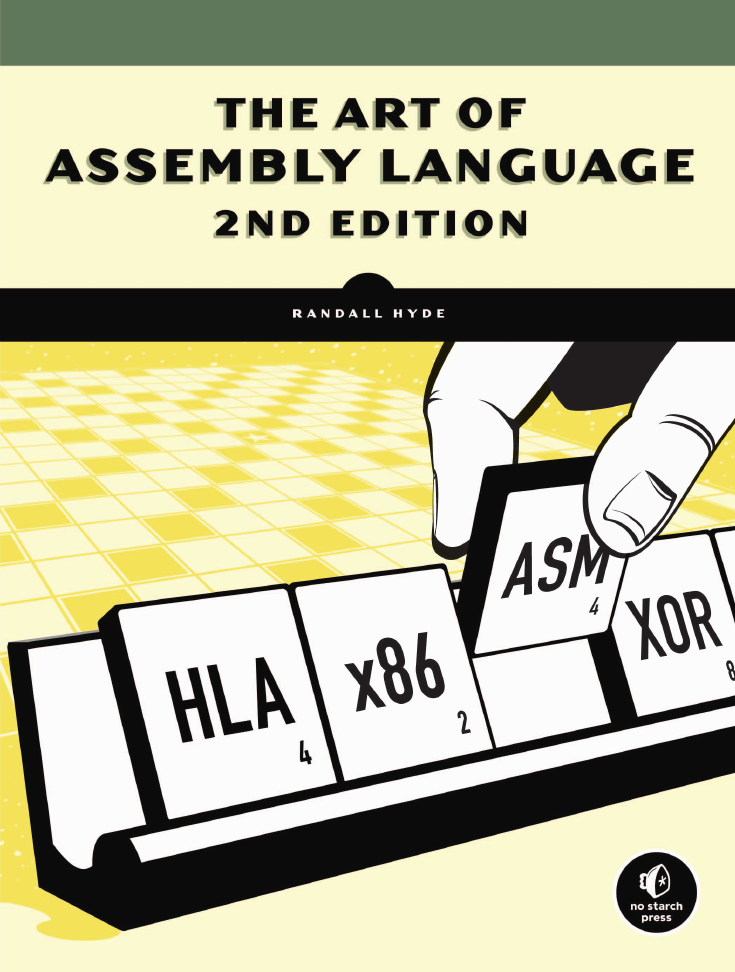

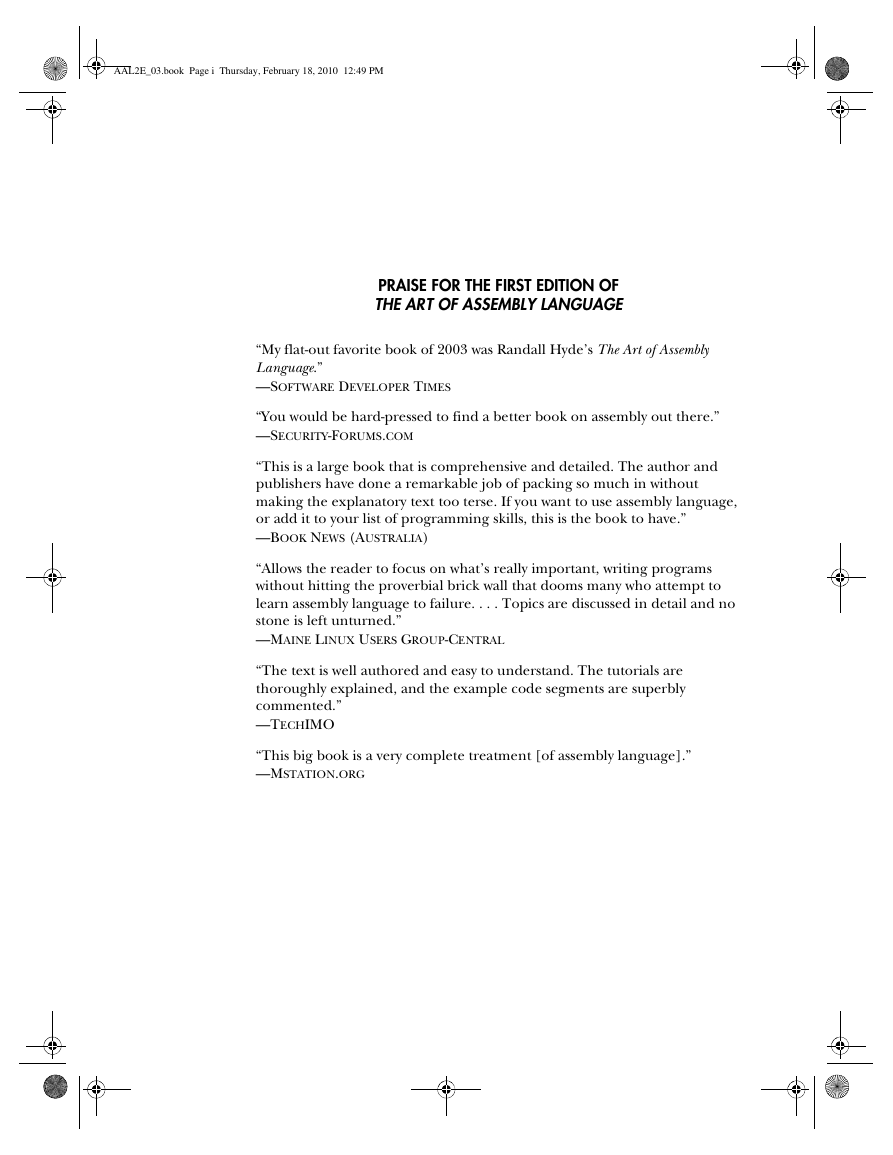

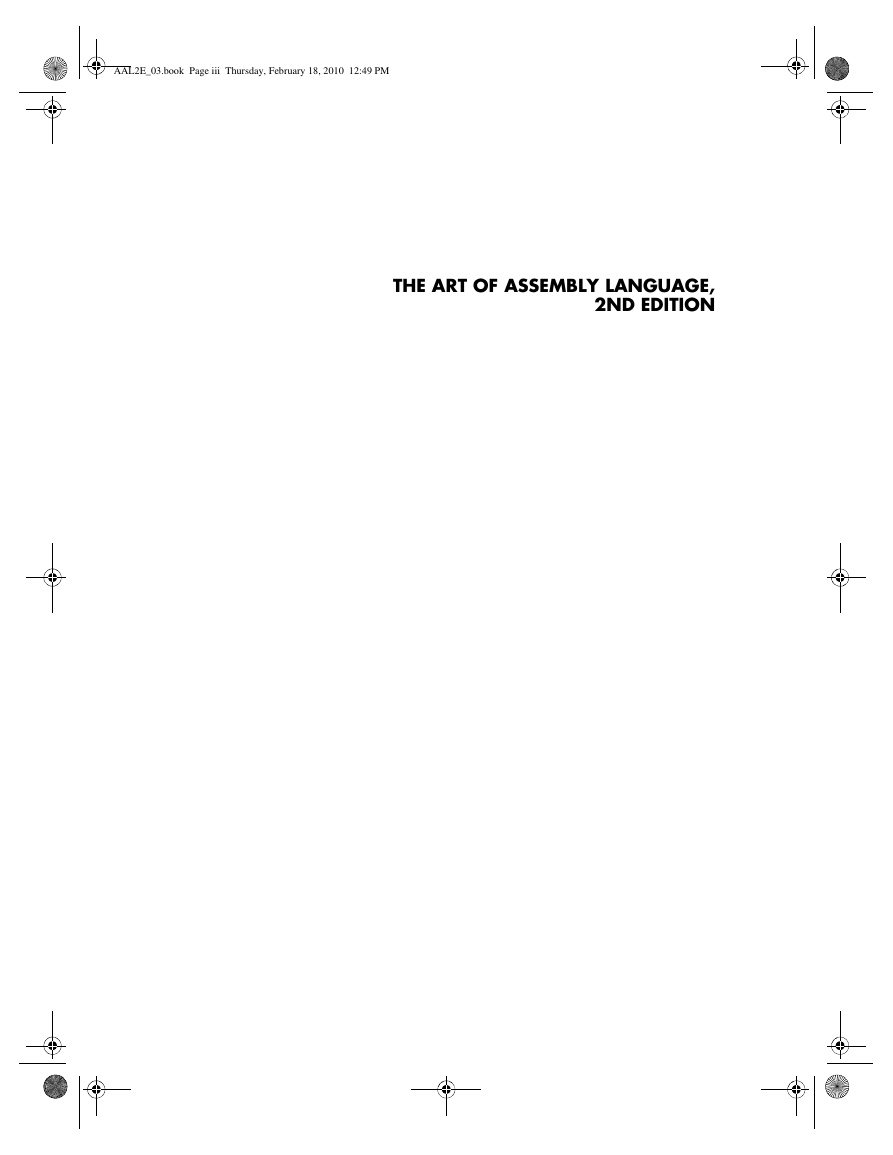

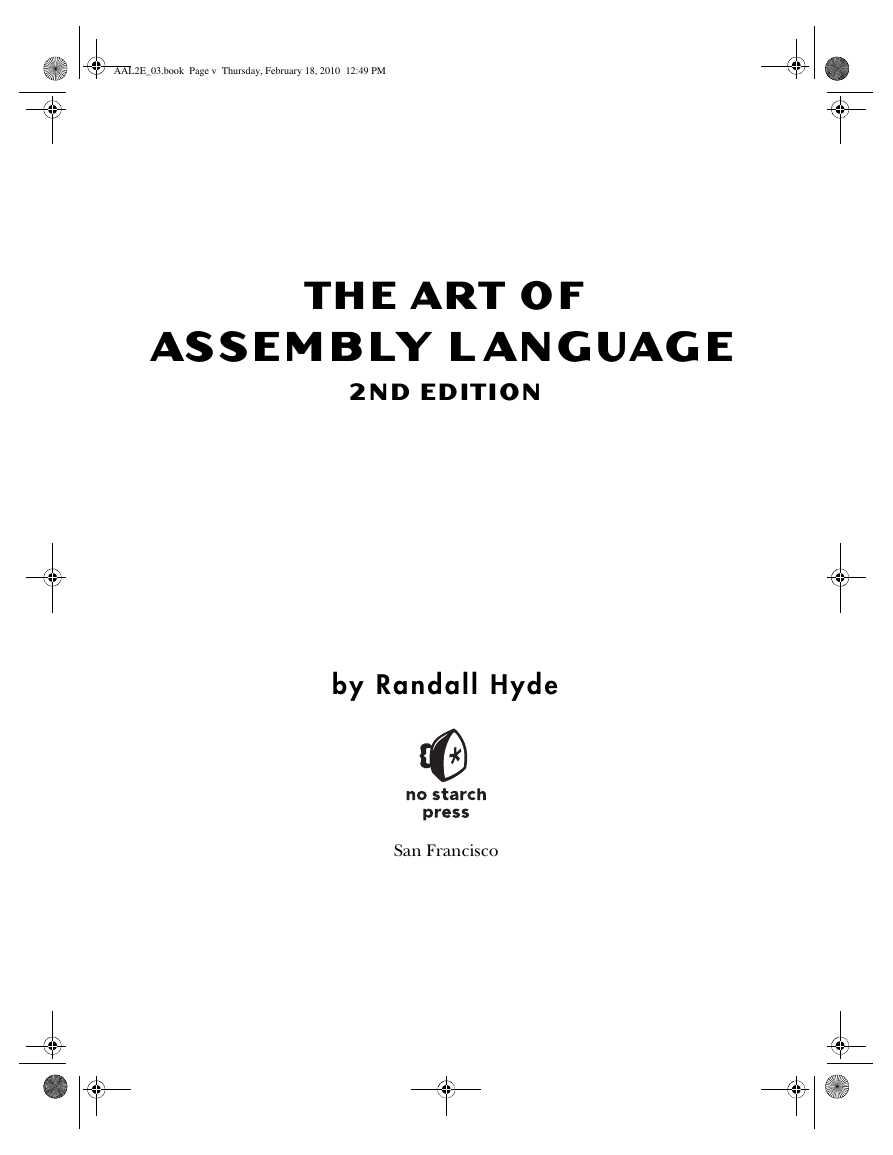
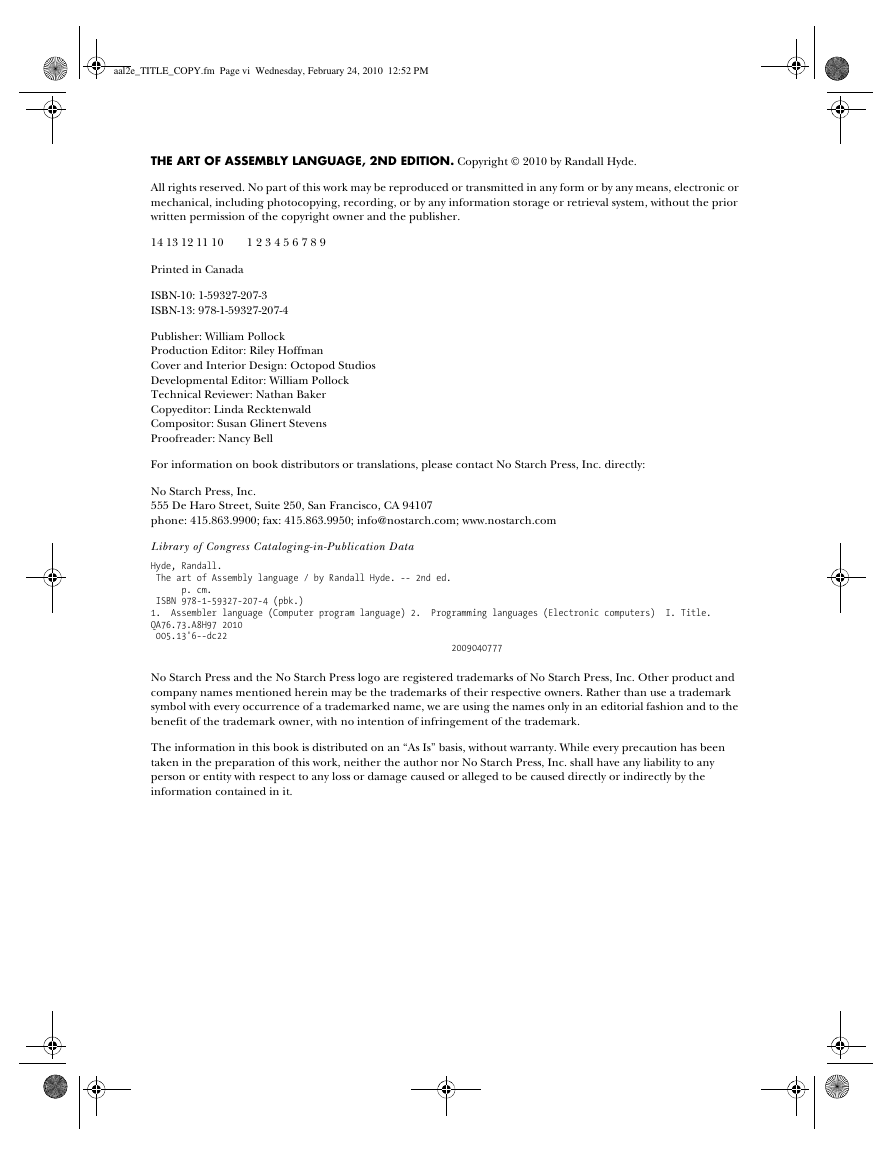








 2023年江西萍乡中考道德与法治真题及答案.doc
2023年江西萍乡中考道德与法治真题及答案.doc 2012年重庆南川中考生物真题及答案.doc
2012年重庆南川中考生物真题及答案.doc 2013年江西师范大学地理学综合及文艺理论基础考研真题.doc
2013年江西师范大学地理学综合及文艺理论基础考研真题.doc 2020年四川甘孜小升初语文真题及答案I卷.doc
2020年四川甘孜小升初语文真题及答案I卷.doc 2020年注册岩土工程师专业基础考试真题及答案.doc
2020年注册岩土工程师专业基础考试真题及答案.doc 2023-2024学年福建省厦门市九年级上学期数学月考试题及答案.doc
2023-2024学年福建省厦门市九年级上学期数学月考试题及答案.doc 2021-2022学年辽宁省沈阳市大东区九年级上学期语文期末试题及答案.doc
2021-2022学年辽宁省沈阳市大东区九年级上学期语文期末试题及答案.doc 2022-2023学年北京东城区初三第一学期物理期末试卷及答案.doc
2022-2023学年北京东城区初三第一学期物理期末试卷及答案.doc 2018上半年江西教师资格初中地理学科知识与教学能力真题及答案.doc
2018上半年江西教师资格初中地理学科知识与教学能力真题及答案.doc 2012年河北国家公务员申论考试真题及答案-省级.doc
2012年河北国家公务员申论考试真题及答案-省级.doc 2020-2021学年江苏省扬州市江都区邵樊片九年级上学期数学第一次质量检测试题及答案.doc
2020-2021学年江苏省扬州市江都区邵樊片九年级上学期数学第一次质量检测试题及答案.doc 2022下半年黑龙江教师资格证中学综合素质真题及答案.doc
2022下半年黑龙江教师资格证中学综合素质真题及答案.doc